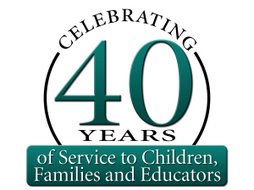This session brilliantly started with a discussion of trains.
Yes, trains.
Like so many historical examples of standardization challenges, the railway system provides a wonderful metaphor for and real-life parallel of the challenges that face the world of enterprise-level educational systems. One hundred and fifty years ago or so, the railway industry began its boom, with many companies and collaboratives building railways to reap the rewards that commercial and personal transportation offered through this new mode of locomotion. The only problem was with, you guessed it, standards. One company built its cars with a 6-foot axel width, while another built its cars with a 5.75-foot axel width, etc. With all of these different standards, the railway industry and the network it needed to succeed was, literally and figuratively, threatened by derailment.
Larry Fruth, SIFA Executive Director, used this as a point of discussion to underscore the importance of SIF as a means of ensuring a standardized pathway over which student and school data can pass. SIF is all about data normalization, entering and revising information once and having it populate to many other systems. So when a new student comes into your district, entering her demographic information into your student information system results in updated records in your school library, cafeteria, transportation, and other systems. Some day schools may have more comprehensive systems that combine these functionalities, but for now SIF does a fine job at defining how and supporting the logistics of ensuring authoritative and normalized information management.
You could study the subject for weeks, but here's a quick rundown of the session and related resources:
- Develop and champion the SIF standard
- Lead in Federal Longitudinal Data Grant Program
Specification
- Not a product but a blueprint for managing school data
- Describes the data (what) and the infrastructure (how)
- Works cross-platform via Web interfaces
- Platform independent and vendor neutral
- Has a mature, developed certification program
Architecture
- Local (district) implementation
- Regional or state implementations, migrating data from the district up to the state department of education; 19 states nationwide implementing a state-wide SIF initiative
